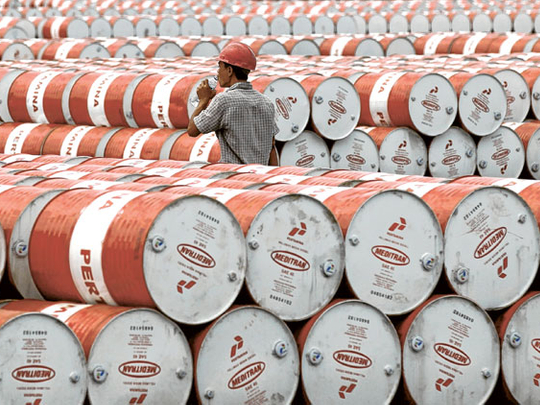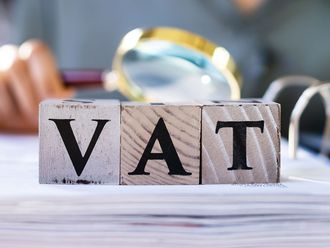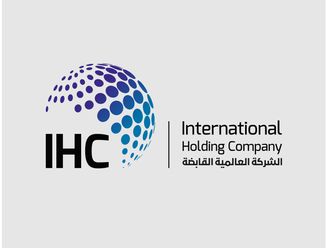
Those who want to know the price of oil are nowadays confused and in urgent need of explanations.
I was looking at the news bar on television where it said "oil topped $85 a barrel in Asia" (Dh312.15) and few seconds later the bar indicated that "Brent crude approaches $104 a barrel". So which is the price of oil for the ordinary people who are not specialist in the subject?
It is confusing because this is a new phenomenon and we are not used to it.
The two prices refer to two benchmark crudes, West Texas Intermediate (WTI) and Brent, which historically were close to each other and moving in tandem and now have become disconnected.
Reference books tell us that there are more than 160 kinds of traded crude oils around the world.
Each has different characteristics in qualities of gravity and sulphur content and the products' slate that can be obtained by refining it. Therefore, the need became evident for a reference or a benchmark where the price is visible and other crudes can be priced relative to this reference.
Opec fixed price system in the 1970s and early 1980s was a reference but when it collapsed in 1986 and the futures markets grew exponentially, WTI and Brent emerged as the markers.
The two crudes are close to each other and WTI is a bit lighter with less sulphur and location wise is closer to the world biggest crude oil market. Therefore the price differential between the two was generally around $1 to $2 a barrel in favour of WTI.
Accepted
Although Brent crude is less traded than WTI, it became the accepted marker for almost two thirds of traded oils due to its proximity to the Middle East producers. Other markers also emerged such as Dubai crude and later Dubai/Oman with respect to eastern destinations. The requirements of a marker are visibility of the price where a large portion of the crude is traded on the spot market, its volume to ensure enough liquidity and prevent squeezes and its well established quality and experience with refiners.
The above markers have met these conditions with varying degrees. Especially WTI and Brent are being traded at ever increasing rates. In 2006 WTI traded volumes were around 300 million barrels a day (bpd) and Brent's 180 while in early 2011 the volumes have increased to more than 800 and 500 million bpd respectively. The volume of Oman crude on the Dubai Mercantile Exchange is still modest at around 12 million barrels a month but increasing.
However, the system began to crack sometime in 2007 where the premium sometimes shifted temporarily in favour of Brent over WTI.
In early 2009, WTI traded at $10 a barrel discount to Brent and Saudi Arabia stopped using WTI in pricing its crude to the US.
Broken
Things cooled down and between August 2010 and the end of the year, the Brent premium averaged around $2.20 a barrel but then widened sharply, reaching close to $20 a barrel lately. WTI is now described as a "broken benchmark" and that it has become "irrelevant" as stated by Valero Energy, the famous refiners.
The reason is said to be the reduced production of WTI and the rising stocks at Cushing, Oklahoma, its sales point.
While the price in Europe is going up due to a reduced volume of Brent blend and the tension in the Middle East, inventories of WTI are reaching 38 million barrels out of the available 45 million barrels storage capacity due to reduced refinery throughput and lack of exit pipelines to the ports for export. The situation is exacerbated by growing interest in trading Brent due to its more relevance to the physical market.
This may change by adding infrastructure to the WTI system but this is not expected shortly and it may be necessary for oil producers to start looking for other solutions. The reduced flow of Brent blend may also make it one day a "broken benchmark".
Indicator
This will increase market volatility and Opec as the biggest exporter must attempt to find a solution to protect its interests. The Opec basket of crude comprising one major stream from each member country failed to become a benchmark perhaps because it was only intended as an indicator for the organisation to set its production level.
I do not claim to have a solution except setting the largest crude stream in the world, Arab Light, as the marker or to have a trading point in the Arabian Gulf where a portion of each country's crude is traded freely.
The writer is former head of Energy Studies Department at the Opec Secretariat in Vienna.












